“This could be a life enhancing experience for all who treasure the natural world. The reward for participation is the personal exhilaration that comes only when deeply immersed in wilderness locations, cloaked in solitude and expansive beauty. This is our passion. We would love to share this journey with souls of a similar nature.” – Jim & Marianne.
Without doubt one of the most inspirational expeditions into the Southern Ocean ecosystem on offer anywhere in the world. The subantarctic islands lying to the south of New Zealand are UNESCO world heritage sites designated as one of ‘the most important and natural habitats on the planet’. We offer you the excitement of joining a small team of knowledgeable and passionate guides to explore and photograph these wonderful remote islands.
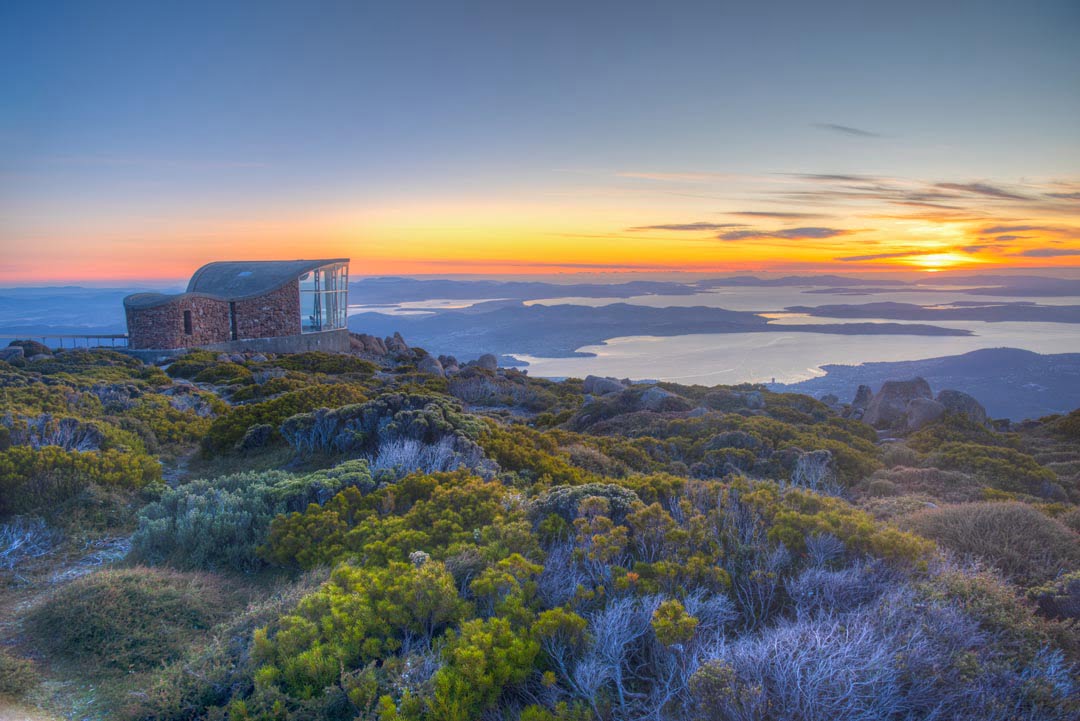 Day 1
Day 1
Arrive in Hobart and make your way to the designated hotel where we will spend the first night of the expedition. This bustling port town is rich in culture and colonial history and features a renowned foodie scene all wrapped in stunning waterfront surrounds. This evening there will be an informal get together at the hotel for dinner; an excellent opportunity to meet fellow adventurers on your voyage and some of our expedition team. (D)
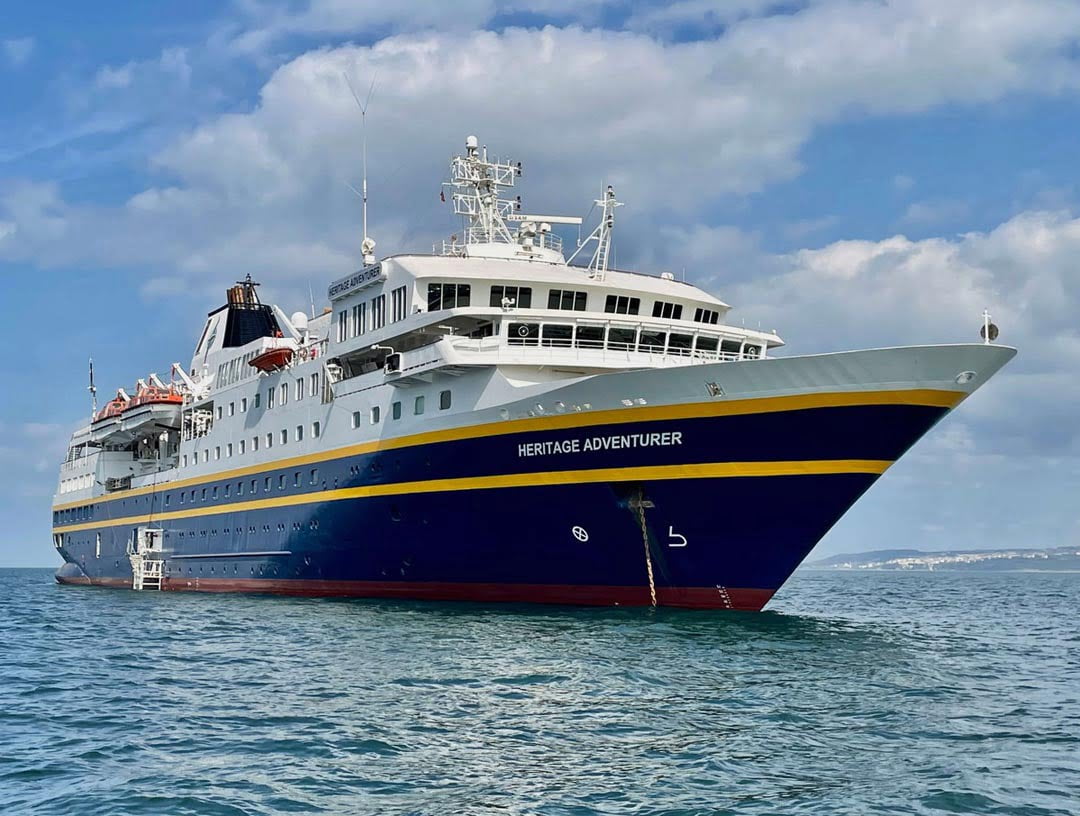 Day 2
Day 2
Today we enjoy breakfast in the hotel restaurant before departing for the Port of Hobart, the centre for the Southern Ocean whaling and sealing trade and home port for both Australian and French Antarctic operations. You will have time to settle into your cabin and familiarise yourself with the ship before our early afternoon departure. You are invited to join the expedition team in the Observation Lounge and up on the Observation Deck as we sail across Storm Bay, passing Bruny Island and the Tasman Peninsula. (B L D)
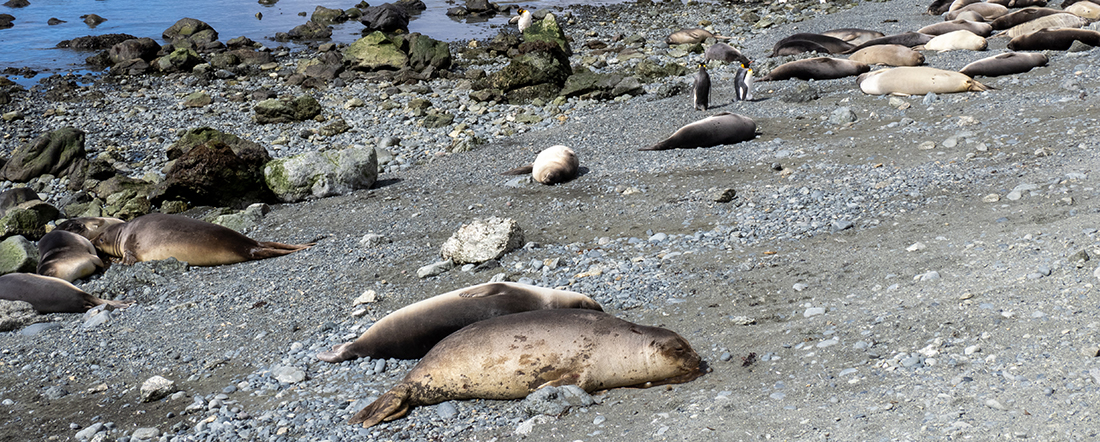 Day 3-4
Day 3-4
As we make our way south through the Roaring Forties to Macquarie Island, we will prepare for our visit, and there will be a series of lectures on the biology and history of the island and the Southern Ocean. Be on the lookout for an incredible variety of bird species along the way. (B L D)
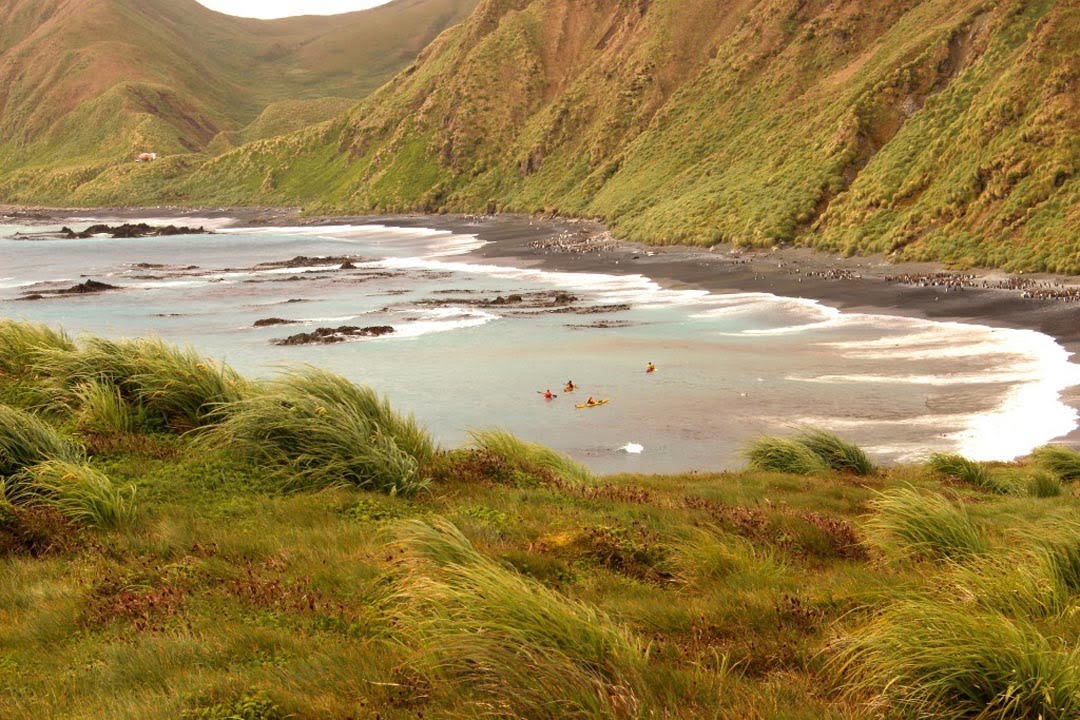 Day 5-6
Day 5-6
The great Australian Antarctic Explorer Sir Douglas Mawson once called Macquarie Island “One of the wonder spots of the world”. It was one of the first of the Subantarctic Islands to obtain World Heritage Status and that was largely due to its unique geology. It is one of the few places on earth where midocean crustal rocks are exposed at the surface due to the collision of the Australian and Pacific Plates. Macquarie Island is home to four species of penguin, one of which occurs nowhere else in the world. During our visit we will land at two sites (subject to weather and sea conditions), and you will get a chance to observe and photograph all four species. Macquarie also has a large population of Southern Elephant Seals. Pups are born in October and weaned in November when the breeding adults return to sea. Macquarie Island is also home to one of the longest, continuously occupied bases in the Subantarctic – the Australian Antarctic Research Base at Buckles Bay. On arrival we meet with stationed scientists and park rangers. They will accompany our own guides and naturalists as we explore the island extensively. (B L D)
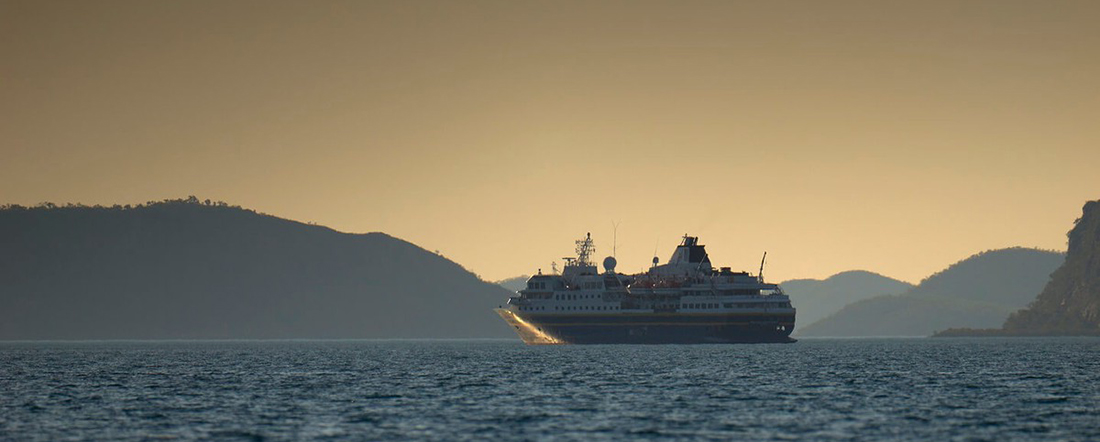 Day 7
Day 7
Sailing east through the Furious Fifties, also known as the Albatross latitudes, we will have a series of informal lectures on the biology and history of the Subantarctic Islands and prepare for our visit to Campbell Island. Species that we may see include a variety of different Albatross, the Northern and Southern Giant Petrel, and there should be plenty of prions including Fairy, Fulmar and Antarctic. Identifying them all is not easy – but we should get some great views. (B L D)
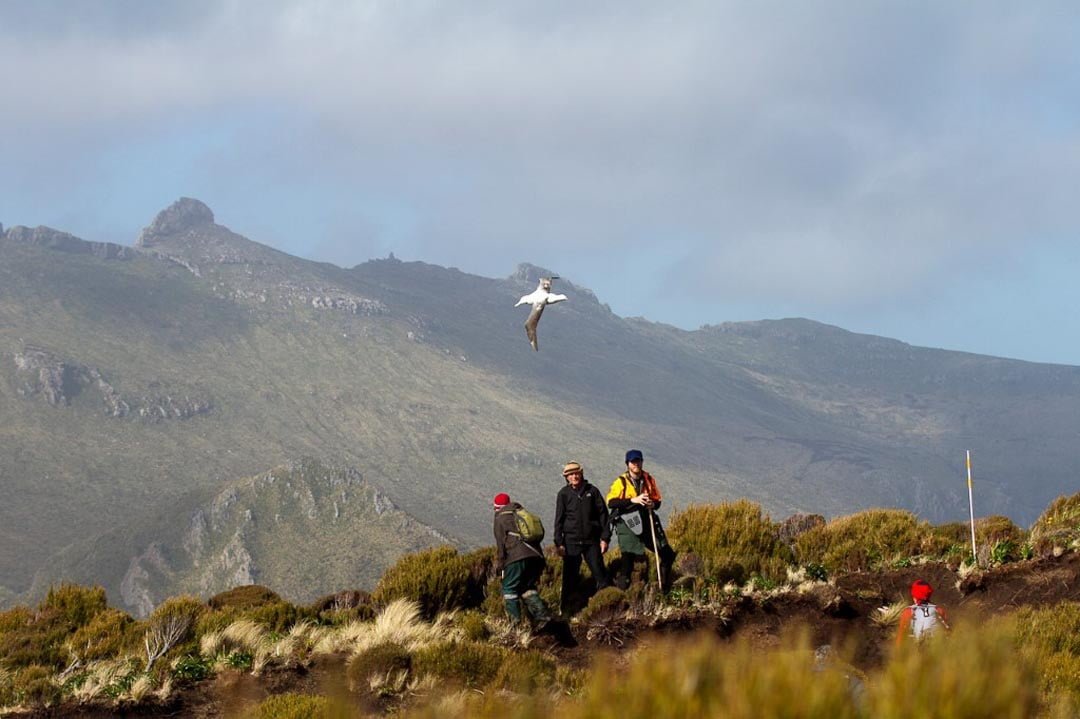 Days 8-9
Days 8-9
We have two days to explore Campbell Island, New Zealand’s southernmost Subantarctic territory. Its history is as rich and varied as the other islands we have visited. We will offer a number of options to explore the island. There will be extended walks to Northwest Bay and also an easier walk to the Col Lyall Saddle. All of these options will allow you the opportunity and time to enjoy the Southern Royal Albatross which nest here in large numbers. We also visit areas of the island which contain outstanding examples of the megaherbs for which the island is renowned. (B L D)
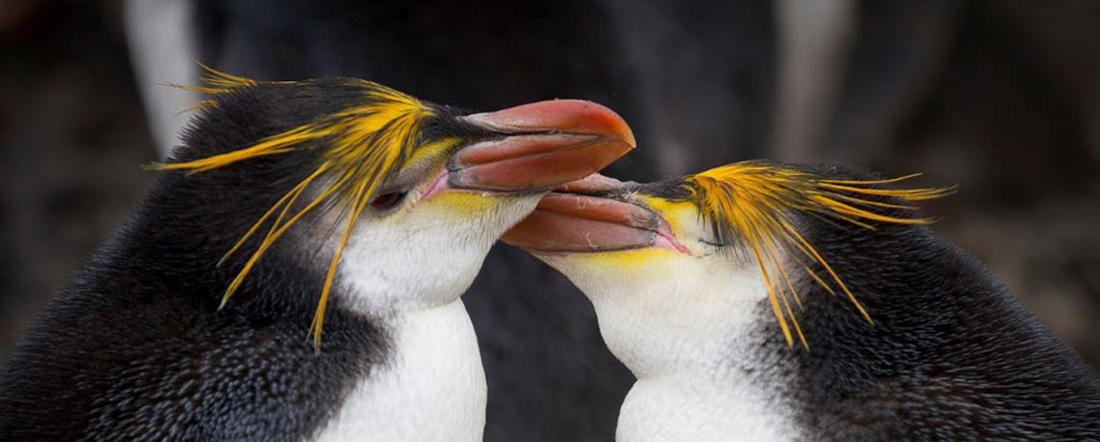 Day 10
Day 10
The Auckland Islands group was formed by two volcanoes which erupted some 10-25 million years ago. They have subsequently been eroded and dissected by glaciation creating the archipelago as we know it today. In the south of the archipelago there is a very large, sheltered harbour rich in human history including shipwrecks, treasure hunters, Coastwatchers and, of course, scientific parties. The more energetic expeditioners may climb to the South West Cape and visit the Shy Albatross colony. This climb provides magnificent views in all directions, especially over the western entrance to Carnley Harbour, Adams Island and Western Harbour. For those not climbing there will be an opportunity to Zodiac cruise along the coast of Adams Island and Western Harbour, with landings at the latter. Other options include the Tagua Bay Coastwatcher’s hut and lookout which was occupied during the Second World War. We could visit Epigwatt and the remains of the ‘Grafton’ which was wrecked here in 1864. (B L D)
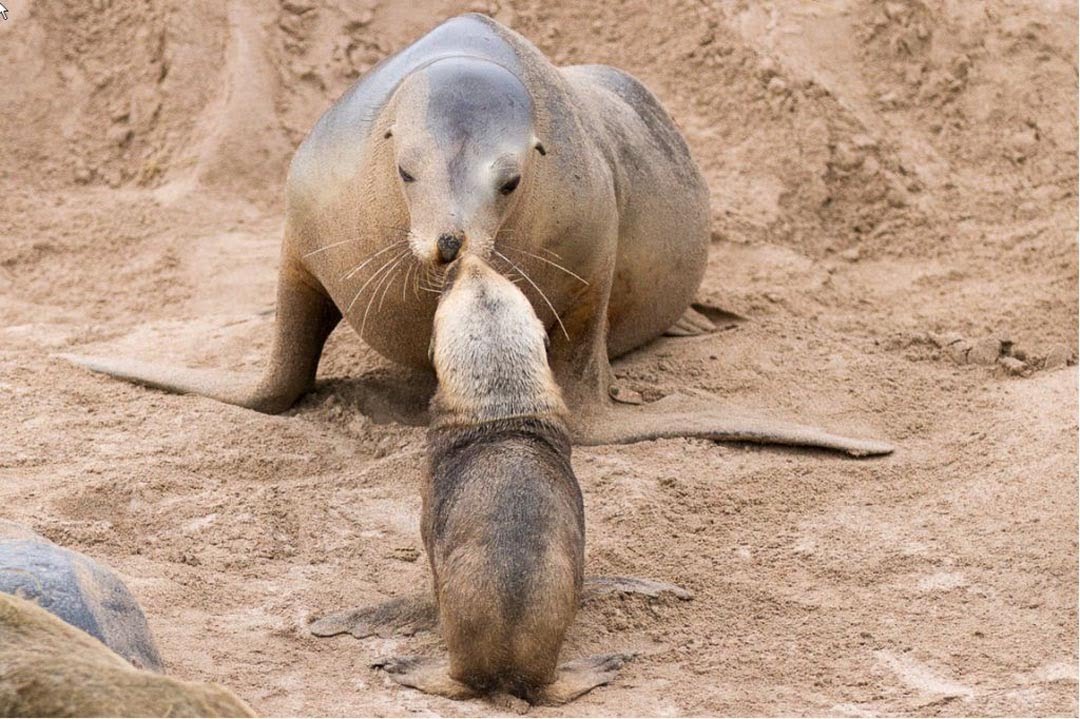 Day 11
Day 11
Enderby Island is one of the most beautiful islands in this group and is an outstanding wildlife and birding location that is relatively easy to land on and walk around. The island was cleared of all introduced animals (pests) in 1994 and both birds and the vegetation, especially the herbaceous plants, are recovering both in numbers and diversity. Our plan is to land at Sandy Bay, one of three breeding areas in the Auckland Islands for the Hooker’s or New Zealand Sea Lion, a rare member of the seal family. Beachmaster bulls gather on the beach, defending their harems. Hooker’s or New Zealand Sea Lion numbers are in a slow decline, for reasons which are not obvious but most probably connected with a nearby squid fishery. During our day ashore there will be several options, some longer walks, some shorter walks and time to spend just sitting and enjoying the wildlife. (B L D)
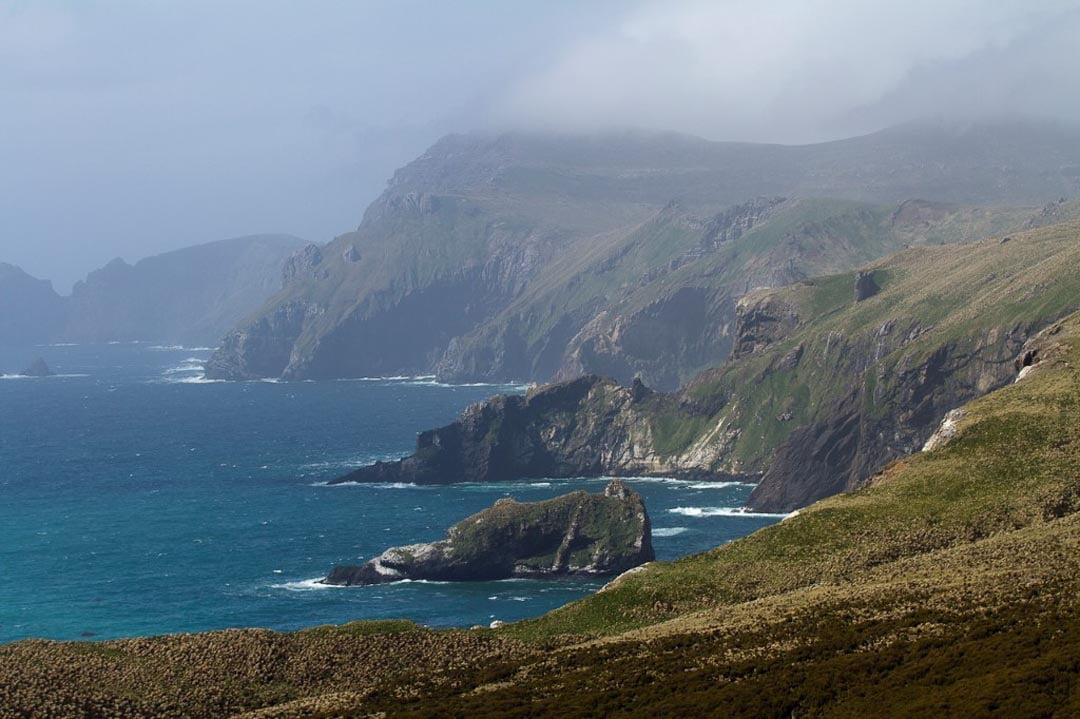 Day 12
Day 12
The closest Subantarctic Islands to New Zealand, they were appropriately called The Snares as they were once considered a hazard for sailing ships. Comprising of two main islands and a group of five islands called the Western Chain, they are uninhabited and enjoy the highest protection as Nature Reserves. It is claimed by some that these islands are home to more nesting seabirds than all of the British Isles together. We plan to arrive early in the morning and, as landings are not permitted, we will Zodiac cruise along the sheltered eastern side of the main island if the weather and sea conditions are suitable. This afternoon, enroute to the Port of Bluff, take the opportunity to relax and reflect on an amazing experience. We will recap the highlights of our expedition and enjoy a farewell dinner tonight as we complete the last few miles of our journey. (B L D)
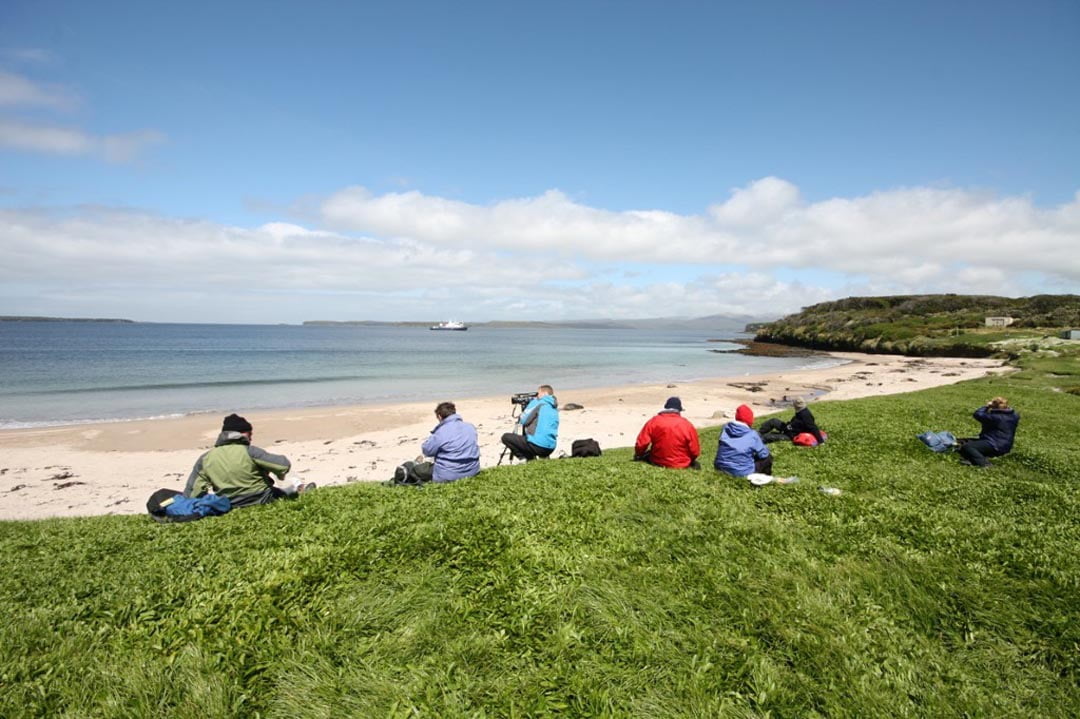 Day 13
Day 13
Early this morning we will arrive in the Port of Bluff. After a final breakfast we bid farewell to our fellow voyagers and take a complimentary coach transfer to either Invercargill or Queenstown Airports. In case of unexpected delays due to weather and/or port operations we ask you not to book any onward travel until after midday from Invercargill and after 3pm from Queenstown. (B) Note: During the voyage, circumstances may make it necessary or desirable to deviate from the proposed itinerary. This can include poor weather and opportunities for making unplanned excursions. Your Expedition Leader will keep you fully informed. Landings at the Subantarctic Islands of New Zealand are by permit only as administered by the Government of New Zealand. No landings are permitted at The Snares.
From $15,395pp triple share
This journey has a minimum group size of 1 and a maximum group size of 12
Back Track Adventures are proud to partner with Wild Earth Travel and Heritage Expeditions on this amazing voyage. Back Track’s Marianne and Jim will be your hosts alongside the experienced Heritage crew.
for the latest offers and updates
© Back Track Adventures 2025 | ABN: 89 648 174 396